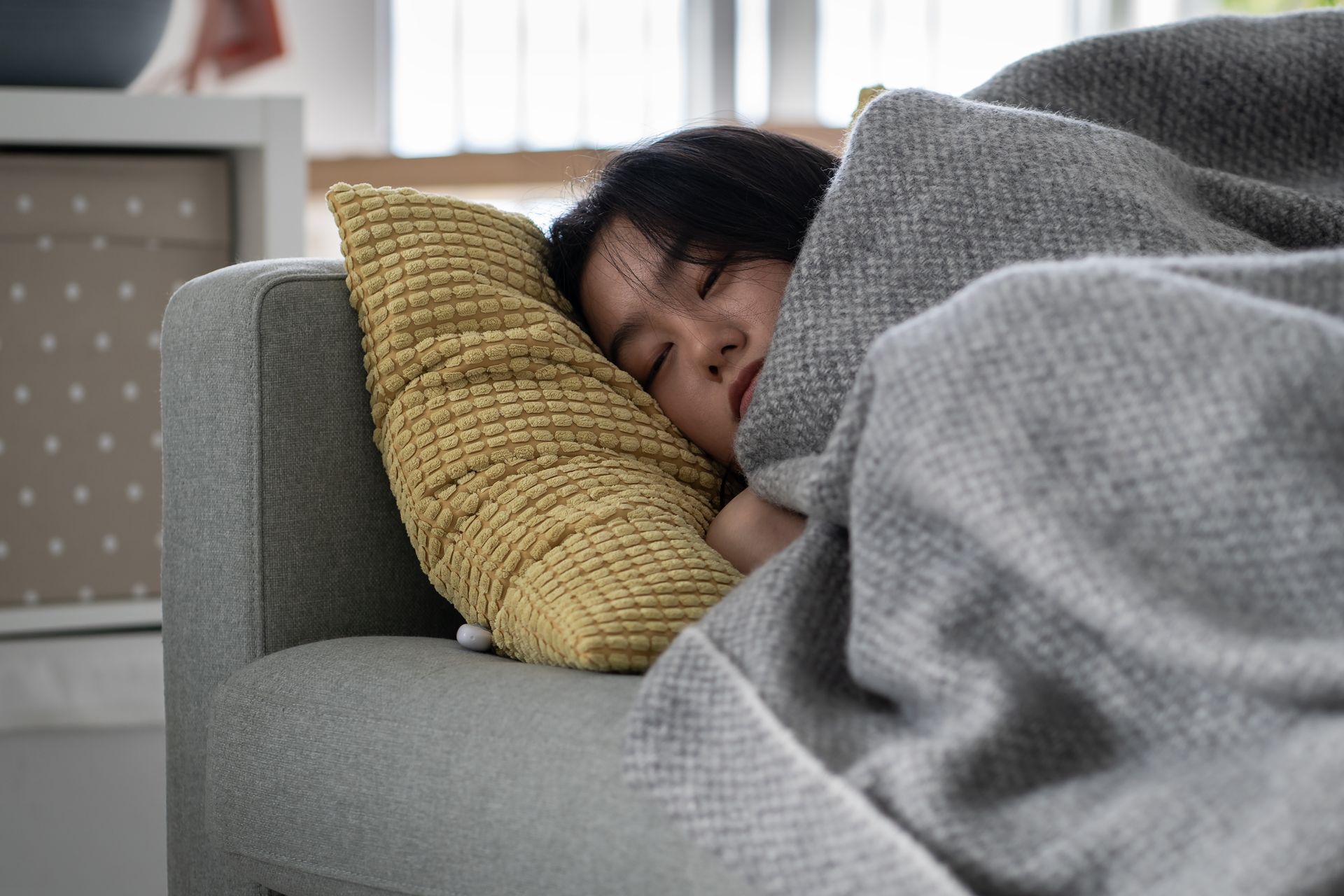
In high-quality mattress construction, few details matter more than how the internal layers are held together. Among the oldest and most effective methods is hand-tufting, a technique that not only signals craftsmanship but directly impacts how a mattress performs over time.
While many manufacturers have shifted toward adhesive or machine-based assembly to reduce labor costs, hand-tufting remains a hallmark of durability and precision.
What Hand-Tufting Actually Does
Hand-tufting is the process of securing a mattress’s internal layers with long, durable cords or tapes that run from the top surface through to the bottom. Each cord is anchored with a felt or wool button at both ends, creating visible dimples across the mattress surface.
These tufts aren’t decorative. They serve a critical structural purpose: preventing the internal upholstery and comfort layers from shifting, bunching, or separating over years of use. In a tufted mattress, every layer, from the quilted cover down to the coil support core- stays locked in alignment, ensuring the mattress feels consistent across its lifespan.
Without tufting or another form of mechanical anchoring, a mattress relies heavily on glue or stitching along the edges to keep its internal structure intact. Over time, adhesives can degrade, and layers can migrate slightly, leading to uneven comfort zones and early sagging. Tufting eliminates that risk by creating a uniform vertical tension through the entire body of the mattress.
Why It Matters for Long-Term Durability
Hand-tufting plays a direct role in extending a mattress’s usable life. It maintains even compression, preventing the soft materials above the coil system or latex core from shifting under repeated pressure. This structural stability helps the mattress resist body impressions and reduces the stress on other components.
A tufted mattress maintains its original shape far longer than a non-tufted design, especially under daily use. That’s one reason why high-end mattresses often carry much longer warranties: the construction itself inherently resists the mechanical fatigue that causes breakdowns in cheaper builds.
Tufting also supports the performance of the materials inside. When natural fibers, latex, or coil units are properly anchored, they can breathe, flex and recover evenly as intended rather than shift under strain. This is critical for mattresses built with premium, heavier materials that benefit from stable compression over time.
Hand-Tufting vs. Adhesive or Machine Methods
Many mass-produced mattresses use adhesives, laminated foams, or machine stitches to hold their layers together. These methods are faster and less labor-intensive, but they come with compromises.
Adhesives can break down with heat, humidity, or age, allowing comfort layers to separate or sag. Machine tufting, done with automated compression and staples, can apply uneven tension, leaving weak spots across the surface. Both methods may hold up initially, but neither provides the balanced, tensioned structure achieved through manual tufting.
Hand-tufting, by contrast, applies controlled pressure across the full surface. Each tuft is placed by a skilled craftsman who provides the correct pull, alignment and depth for that mattress’s unique design. The process is slower and requires precision, but it results in superior internal stability and a distinct, tailored appearance.
Structural Benefits of Hand-Tufting
- Prevents Layer Migration: Stops internal materials from slipping or shifting during transport, use or rotation.
- Reduces Sagging: Maintains vertical tension across the mattress, preventing localized dips or body impressions.
- Improves Longevity: Evenly distributes mechanical stress through the core, reducing wear and tear.
- Supports Comfort Consistency: Keeps cushioning materials properly aligned, so the mattress feels the same across the entire surface.
- Enhances Aesthetic Appeal: Gives a tailored, handcrafted look that signals precision and care in construction.
The Value Behind Traditional Craftsmanship
Modern mattress manufacturing has become faster and more automated, but speed doesn’t always equal strength. At Twilight Bedding, each mattress is assembled with close attention to material integrity and structural balance. We prioritize techniques that preserve long-term stability over production shortcuts.
By combining skilled craftsmanship with premium coil systems and natural latex comfort layers, we ensure every mattress maintains its support, alignment and comfort profile through years of consistent use.
Experience Handcrafted Support With a Custom Mattress Made Locally in Spokane
At Twilight Bedding, craftsmanship remains central to how we build each mattress. Our team draws on decades of design experience to create products that balance comfort, support and long-term reliability.
Visit or call our Spokane Valley showroom at (509) 926-2333 or our North Spokane location at (509) 413-2431 to explore our full line of innerspring and latex mattresses and learn more about the construction methods that set them apart.






